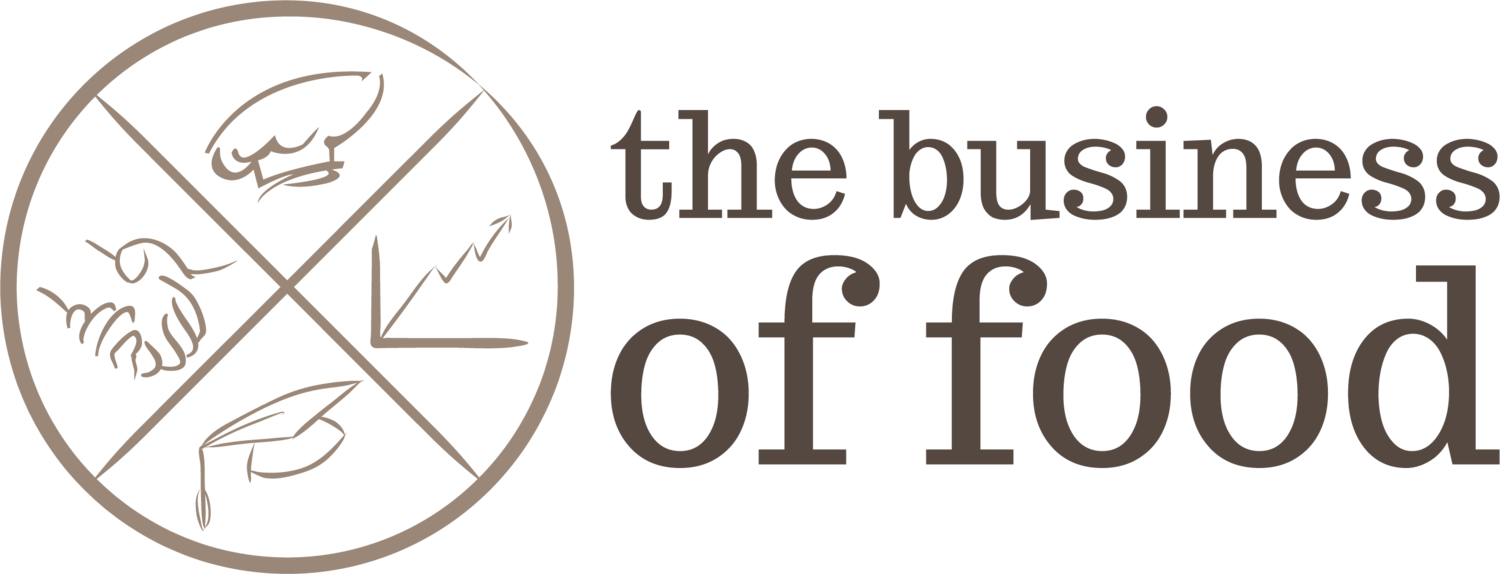Make a profit: use our 5 step process to set your RRP.
If your recommended retail price (RRP) is a calculated estimate price when you launch your food product and develop your customer base, you’ll be lucky to make a profit. And it is really hard to significantly increase the price once you launch your product and retain your initial customers.
So try our 5 step process to determine your correct RRP before you start selling, so you can make a profit.
1) Know your overhead costs
Make sure you understand what your ongoing monthly/yearly business overhead costs are i.e. insurance, rent, marketing and promotion, gas and electricity etc. Then allow for an annual price increase.
2) Understanding your production costs
Work out how much each of your products cost to produce and have packed ready for sale. To do this, keep accurate records of costs associated with your ingredients (which can change seasonally), your production (including all staff time), packaging, storage, freight etc.
(Just completed step 2 and realised your production costs are way higher than you thought? Then get in touch - we have extensive expertise in assisting you to save time (which costs you money) in kitchen during production & could also help with sourcing alternative ingredients that maintain your quality product - but are more affordable).
3) Determining your cost price
Attribute a proportion of your ongoing costs across each product, to determine the ‘cost’ price of each product. [The ‘cost’ price is the amount you must earn at the very least from the sale of your products.]
4) Determining your wholesale price
Develop your wholesale price, by adding on a profit margin if you sell through retail outlets (usually 25%); and do the same to establish a distributor price (usually 15% on top of your cost price). Make sure you check with retail outlets and distributors how much of a profit margin they will want, as often you will have to work the figures backwards to make sure everyone makes a profit
5) Set your RRP
Finally when determining your RRP, check with your preferred retail stockists and distributor(s) what price they think your product can be sold at. Also check what your competitors RRP is, as you will have to stay within that general price point unless you have a very unique selling point that justifies a higher RRP.

